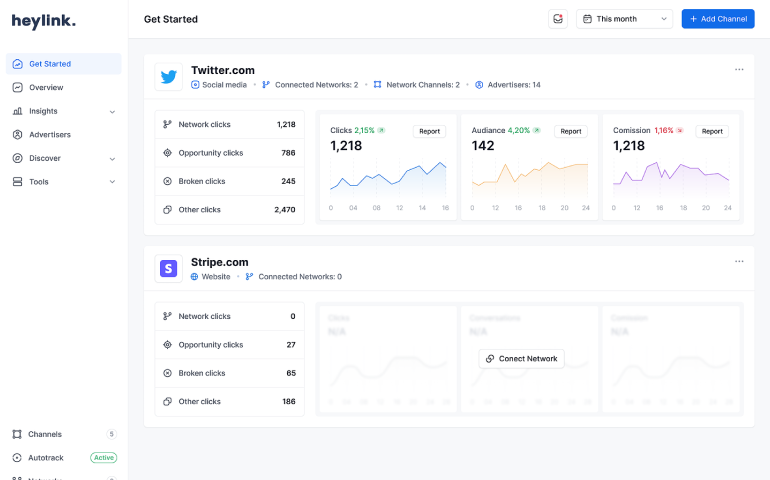


Competitor analysis in digital marketing is crucial for understanding your position in the market and identifying opportunities for growth. Here’s a structured approach to conducting a competitor analysis in digital marketing:
Competitor analysis in digital marketing is crucial for understanding your position in the market and identifying opportunities for growth. Here’s a structured approach to conducting a competitor analysis in digital marketing:
Remember, competitor analysis should be an ongoing process as the digital landscape is constantly evolving. Regularly revisit your analysis to stay ahead of the competition.




